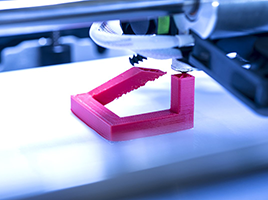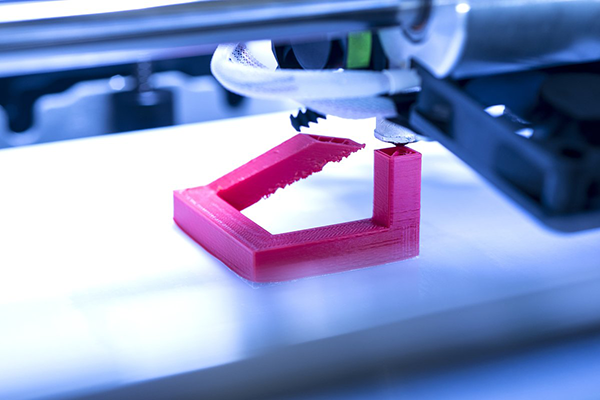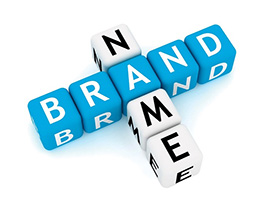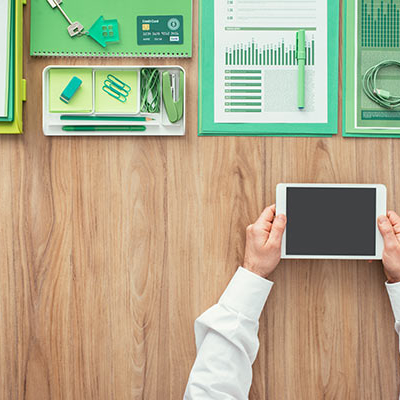
Printing goods in three dimensions is no longer a new phenomenon. The ability to create items by designing them digitally and having a printer use plastics and various other materials to make a real-world version of that item has slowly begun to gain prominence across the manufacturing sector. What’s new is that it’s starting to hit the tipping point for being an extremely valuable technology. At this point, –

Where does 3D printing stand in manufacturing right now?
There are some advanced 3D printing projects in place, such as one Asian business building houses with 3D printers. However, the major value for 3D printing at this moment is in prototyping. Historically, prototyping has been a long and expensive process in which:
- New products must be designed digitally and manually modeled physically.
- Materials must be gathered for the prototype.
- Production lines, tools, molds and similar materials would need to be established for the item.
- An initial production run would create a small number of prototypes to be analyzed.
- Plans would be adjusted based on the prototype and productions strategies would evolve from there.
With 3D printing in place, prototyping is a matter of:
- Creating a digital model of the item.
- Gathering printing materials as necessary.
- Printing the item so the physical prototype can be analyzed and assessed.

The time and fiscal resources needed to 3D print a prototype is minimal compared to traditional processes, making it much easier for manufacturers to experiment with new products and projects. Rapid prototyping is invaluable across manufacturing, but this functionality is especially useful in the configure-to-order manufacturing segment, where the ability to quickly alter products is critical.
the major value for 3D printing at this moment is in prototyping
When you combine the rapid prototyping offered by 3D printing, a configure-to-order manufacturer can use a configurator to design a new product based on customer requirements, plug that design into an augmented reality solution to get a clear idea of what the product will actually look like when produced – giving customers more transparency into the design – and then 3D print the product to quickly have the custom item ready for customers.
The ability to accelerate prototyping and new production creation can lead to significant cost savings in terms of labor, materials investments, tooling and other processes that would normally be needed to prototype or customize a product. Plus, in many cases, 3D printing allows manufacturers to combine a number of smaller individual parts into a single part, reducing the complexity of the product.
Where is 3D printing headed?
The technology surrounding 3D printing continues to evolve, driving new opportunities for manufacturers to reap value from 3D printers. Three areas of expected future growth are:
- Building items at extreme sizes: The ability to easily create items that are especially large or small is a key area of growth for 3D printers. While it is technically possible to achieve these goals now, it isn’t a natural, easy fit for the legacy technology. Moving forward, 3D printers will be able to handle unusually large and small parts, allowing for the creation of a wider range of products.
- Rapid printing: Making items with a 3D printer is much faster than setting up new production lines, but the printing process itself is still fairly time consuming. Think about how traditional ink printers have evolved over the years from taking a long time to print a single sheet to laser printers that can roll out upwards of 100 pages per minute, and you’ll get an idea of how much easier and more convenient 3D printing will become over time.
- Chained output: Being able to shift between materials and even multiple printers within a single project can become invaluable in making complex goods.
These three areas of growth are on the horizon, but a fourth area of innovation is around the corner – integration with the Internet of Things. The ability to bring data from IoT devices into 3D printing processes could allow for a greater degree of coordination and optimization within printing processes.
Preparing for 3D printing
Organizations that want to take full advantage of 3D printing must work to bring their processes and capabilities into the 21st century. Everything from sales to the shop floor must be connected so departments can share data and interact seamlessly with one another. This will enable sales teams to work with customers to quickly fine tune products and send those orders directly to production, where 3D printers can interact with inventory and supply chain management tools to access the materials needed, pull digital models from configurators. and create a product with minimal human intervention.
This vision for manufacturing may sound like something from the world of science fiction, but the reality is that ERP solutions are already making these 21st-century workflows possible and putting them in reach of manufacturers. ERP solutions bring together data workflows from across the business and, when combined with 3-D printers, can allow organizations to not only prototype solutions more quickly, but also use the flexible prototyping to become more adventurous as they create products.





















